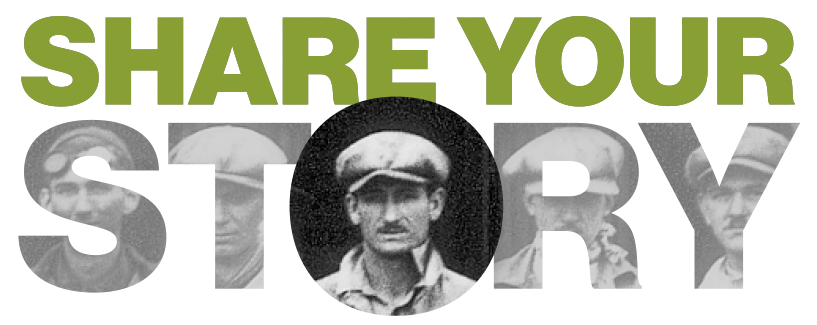In the summer of 1927 the Stearman Aircraft Company, located in Venice, California, had more orders for new biplanes than it could handle but was unable to meet demand because of a severe lack of manufacturing space. Lloyd Carlton Stearman had relocated to California in October 1926 after resigning from the Travel Air Manufacturing Company in Wichita, Kansas.
Stearman, along with aviators Walter H. Beech, Clyde V. Cessna and local businessman Walter P. Innes, Jr., had established Travel Air early in 1925, but in 1926 Travel Air dealer Fred Day Hoyt managed to lure Stearman away from Kansas and out to the West Coast where Hoyt believed there was plenty of money and strong demand for new airplanes. Although there was a need for commercial biplanes in California, particularly from air mail operators, by the summer of 1927 only four aircraft had been built and delivered. Stearman had paying customers for his airplanes but could not build them fast enough, and eventually some customers began to cancel their orders.

As early as June of that year, however, Walter Innes Jr., had initiated a campaign designed to lure Lloyd and his company back to Wichita. Innes and his friend Harry Dillon telephoned or met with at least 50 of their closest business associates in town and asked each of them to contribute a few thousand dollars to fund their plan. In only a few days the duo had raised an impressive $60,000 and Innes fired off a telegram to Stearman that the expansion money he needed so badly was now available, but in Kansas, not California.

Lloyd quickly made the decision to move the Stearman Aircraft Company 1,500 miles east to Wichita. First to depart California was chief engineer Mac Short. After arriving in Wichita, he told the local press that, “Geographically, Wichita has the advantage as an air center and we feel confident that our venture here will be successful.” Lloyd and his family arrived late in September. Shortly after arriving in town, Stearman and Innes held a formal press conference where Lloyd proclaimed, “I’m mighty glad to be back.”

Plans called for manufacturing operations to begin in October at the former Bridgeport Machine Company campus located about five miles north of downtown Wichita at 610 East 35th Street. Stearman’s first and foremost challenge was to complete two orders from Varney Air Lines that were long overdue. These custom-built biplanes, designated C2B and C2M, could carry up to 400 pounds of mail and would be operated on Varney’s Contract Air Mail 5 route between Pasco, Washington, and Elko, Nevada.

As 1927 drew to a close, the Stearman Aircraft Company had built and delivered five aircraft – four in California and one in Kansas – and the order backlog was growing fast. For Lloyd, his employees and business associates, prospects for the future looked promising. In the wake of Charles A. Lindbergh’s epic solo flight from New York to Paris in May of that year, America’s infant commercial aviation industry was booming and Wichita would prove to be the right place at the right time for the Stearman Aircraft Company.

 Back
Back